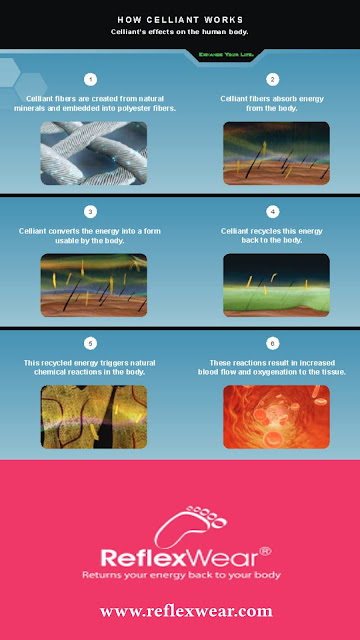Diabetic Socks vs Compression Socks: Key Differences Explained
When it comes to managing foot health, particularly for those with diabetes or circulatory issues, choosing the right type of sock can make a significant difference. Diabetic socks and compression socks are both designed with specific health benefits in mind, but they serve different purposes and are suited to different needs. Understanding the key differences between these two types of specialized socks can help you make an informed decision based on your individual requirements.
Diabetic Socks: Designed for
Comfort and Protection
Diabetic socks are specifically
designed for people with diabetes, addressing the unique challenges they face.
Diabetes can lead to various foot problems, such as neuropathy (nerve damage),
poor circulation, and increased susceptibility to infections. Diabetic socks
aim to mitigate these issues through several key features:
Seamless Construction: Diabetic socks are often made without
seams or with minimal seams to prevent irritation and pressure points. This
design helps reduce the risk of sores and blisters, which can be problematic
for individuals with reduced sensation in their feet.
Soft, Non-Binding Cuffs: These socks have soft, non-binding cuffs
that do not constrict blood flow. A snug fit without tight elastic bands helps
maintain proper circulation, reducing the risk of developing pressure ulcers or
exacerbating existing circulation issues.
Moisture-Wicking Materials: Diabetic socks are usually made from
materials that wick moisture away from the skin, such as cotton blends or
advanced synthetic fibers. Keeping feet dry is crucial for preventing fungal
infections and maintaining overall foot health.
Padding and Cushioning: Many diabetic socks feature extra
padding and cushioning to provide additional comfort and protection. This extra
layer helps reduce pressure on sensitive areas of the foot and can alleviate
discomfort caused by prolonged standing or walking.
Antimicrobial Properties: To further protect against infections,
diabetic socks often have antimicrobial treatments. These treatments help
reduce the growth of bacteria and fungi, which is especially important for
individuals with compromised immune systems.
Compression Socks:
Supporting Circulation and Reducing Swelling
Compression socks, on the other
hand, are primarily designed to improve blood circulation and reduce swelling.
They are beneficial for individuals who suffer from conditions such as chronic
venous insufficiency, varicose veins, or deep vein thrombosis (DVT). Key
features of compression socks include:
Graduated Compression: Compression socks apply pressure to the
legs in a graduated manner—typically tighter at the ankle and gradually
loosening as they move up the leg. This graduated compression promotes better
blood flow back to the heart and helps reduce swelling in the lower
extremities.
Variety of Compression
Levels: Compression socks
come in various levels of pressure, measured in millimeters of mercury (mmHg).
Low to moderate compression (8-15 mmHg) is often used for minor swelling and
fatigue, while higher levels (20-30 mmHg or more) are used for more severe
conditions. This range allows for targeted treatment based on individual needs.
Support for Veins and
Muscles: By applying
pressure to the legs, compression socks help support the veins and muscles,
aiding in the efficient return of blood to the heart. This can help alleviate
symptoms such as aching, heaviness, and leg fatigue.
Materials and Fit: Compression socks are made from a
variety of materials, including nylon, spandex, and elastic fibers. They are
designed to be snug and supportive but can also be more restrictive compared to
diabetic socks. Proper fit is crucial to ensure effectiveness and comfort.
Choosing the Right Sock for
Your Needs
When deciding between diabetic socks
and compression socks, consider your specific health needs:
For Diabetes: If you have diabetes, diabetic
socks are generally the better choice due to their focus on
comfort, protection, and preventing complications. They address the concerns of
foot health that arise from diabetes and are tailored to reduce risks
associated with the condition.
For Circulatory Issues: If you have circulatory problems,
compression socks may be more appropriate. They are designed to improve blood
flow and reduce swelling, making them ideal for managing conditions related to
poor circulation.




Kommentarer
Send en kommentar